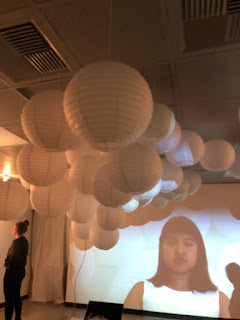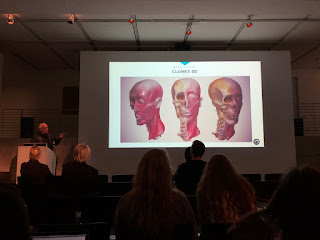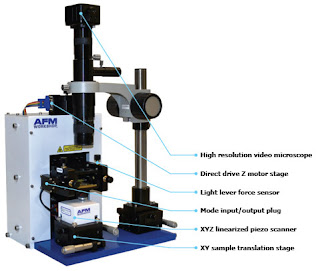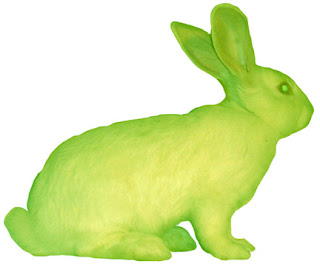EXTRA CREDIT Event #1: Hypnagogia

I attended Chelly Jin's Hypnagogia exhibition, which attracted me as it was about the "liminal state between consciousness and dream" (Jin) This event included a track being played throughout of Jin reading her dreams from the past six years and lights that were created by her consciousness via brainwave sensors, which displays the idea of hypnagogic duality. Inside the exhibition Posted along the walls were dreams Jin had and upon further analysis, I saw that the margins of the work had semantic dimensions and scores of each of those semantic dimensions. In one of my communications courses, we worked with a program called LIWC that was a word processor that would give scores to each semantic dimension based on how much your work expressed certain emotions. One of Jin's dreams. Notice in the margins the semantic dimensions! This exhibition is a prime example of what Stephen Wilson said in his paper " Myths and Confusion in Thinking About Art/Science/Te...




